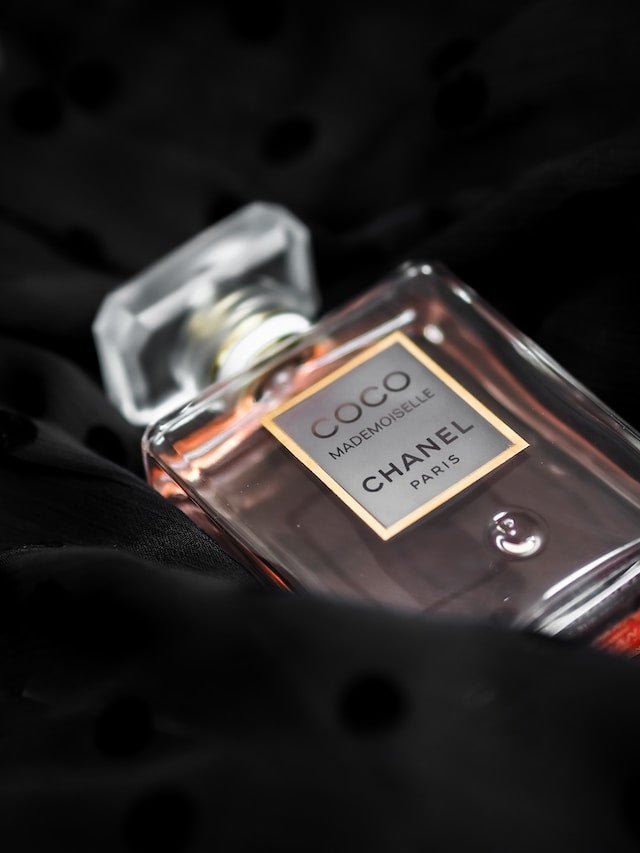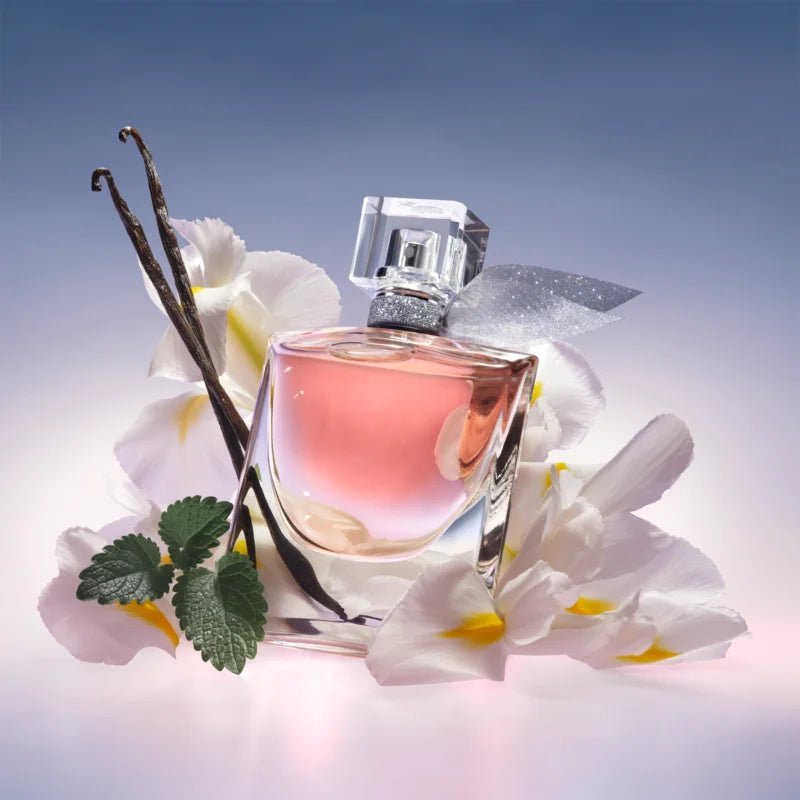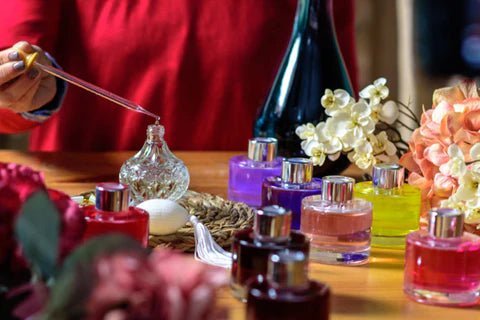
Unveiling the Enigmatic Ingredients of Perfume: Exploring the Artistry of Fragrance Creation
Perfume is an olfactory masterpiece that blends a myriad of ingredients to create a unique and captivating scent. Behind the enchanting fragrances we wear lie an intricate symphony of ingredients carefully selected and skillfully combined. In this blog, we will delve into the world of perfume ingredients, unveiling the key components that contribute to the artistry and allure of fragrance creation.
Essential Oils:
Essential oils are the heart and soul of perfumes, derived from various botanical sources through distillation or expression. These natural oils carry the distinctive scents of plants, flowers, fruits, and other aromatic materials. Rose, jasmine, lavender, bergamot, and patchouli are just a few examples of essential oils that lend their unique character to perfumes.Synthetic Aromatic Compounds:
Synthetic aromatic compounds, also known as aroma chemicals or synthetic fragrance ingredients, play a crucial role in perfume creation. These lab-created molecules replicate or enhance the scents found in nature, providing versatility, consistency, and stability to fragrances. They offer a wide range of possibilities, allowing perfumers to achieve complex and innovative compositions.Citrus Notes:
Citrus ingredients, such as bergamot, lemon, orange, and grapefruit, bring a zesty and refreshing quality to perfumes. The essential oils derived from the peels of these fruits add a bright and invigorating element, often found in the top notes of fragrances. Citrus notes are cherished for their uplifting and energizing effects, making them perfect for summer or daytime wear.Floral Essences:
Floral essences are among the most beloved and prevalent ingredients in perfumery. Extracts and essential oils derived from flowers such as rose, jasmine, violet, lily of the valley, and ylang-ylang lend their delicate, romantic, and feminine qualities to fragrances. Floral notes can range from light and airy to rich and sensual, adding depth, elegance, and complexity to perfumes.Woody Accords:
Woody ingredients bring warmth, depth, and a sense of groundedness to perfumes. They can be derived from a variety of sources, including sandalwood, cedarwood, vetiver, and patchouli. These ingredients create a solid foundation and provide a lingering, earthy, and often masculine quality to fragrances. Woody accords can range from dry and aromatic to smooth and creamy, adding a touch of sensuality and sophistication.Spices and Aromatic Herbs:
Spices and aromatic herbs inject a vibrant and intriguing element into perfumes. Ingredients like cinnamon, cardamom, cloves, and nutmeg add warmth, complexity, and a hint of exoticism. Aromatic herbs such as basil, thyme, and sage can contribute fresh and herbal accents. Spices and herbs lend character and depth, creating a captivating and memorable fragrance experience.Gourmand Notes:
Gourmand ingredients evoke the irresistible aromas of delectable treats and desserts. Vanilla, cocoa, caramel, and almond are popular gourmand notes that infuse perfumes with sweetness, warmth, and a hint of indulgence. These ingredients create an olfactory experience reminiscent of delicious confections, adding a touch of comfort and allure to fragrances.Aquatic and Fresh Accords:
Aquatic and fresh accords capture the essence of water, sea breeze, and open spaces. Ingredients like sea salt, marine notes, and green leaves create a crisp and invigorating quality in perfumes. These accords bring a sense of freshness, cleanliness, and airiness to fragrances, making them ideal for those seeking a revitalizing
Previous post
The Science of Scents: Exploring Synthetic Aromatic Compounds in Perfumery
Next post








